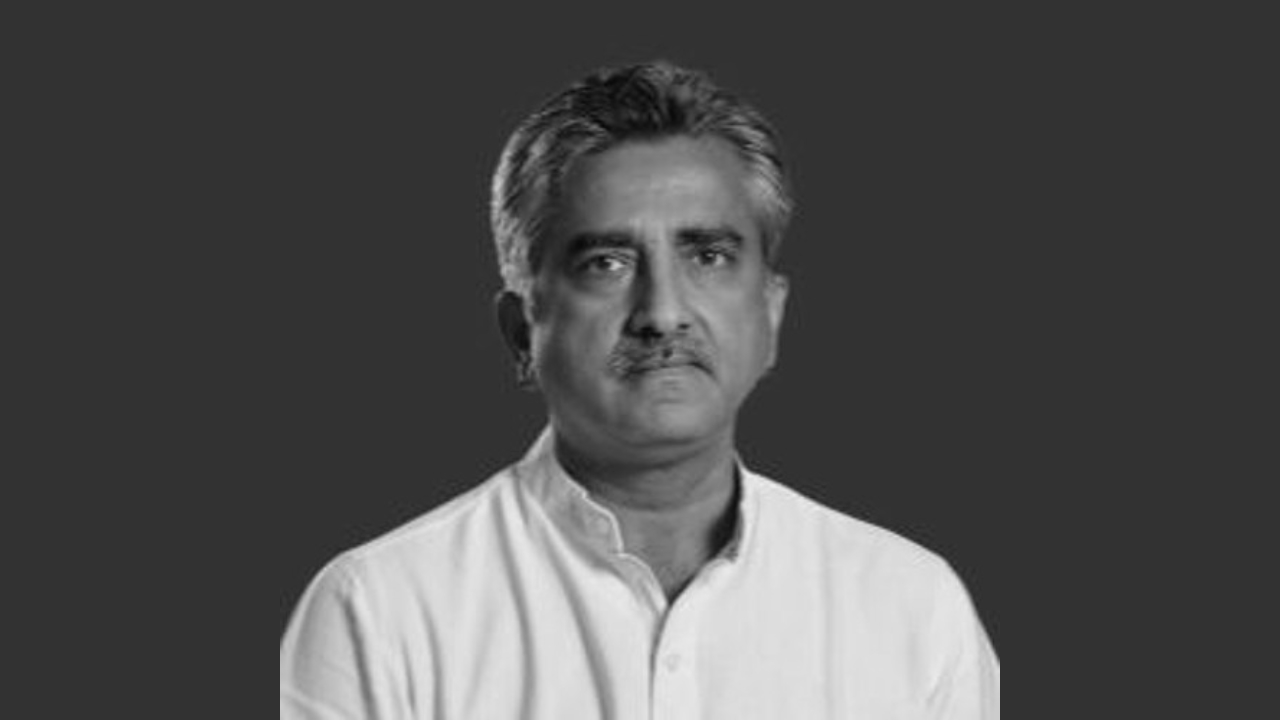It is 50 years since the Architects Act (1972) was passed to help build the modern profession of architecture. Architects have made steady progress since then, established contemporary design’s value and expanded their professional base. There are now about 1,26,000 registered architects, with around 10,000 new registrations every year. However, instead of effusing confidence and success, architects seem to be facing the same dilemmas they confronted 50 years ago: the profession has yet to be recognised in its own right, there is bitter rivalry with its engineering cousins, low professional fee structures, poor protection from market forces and confusion about the road ahead. Equally perplexing are the solutions proposed and charting a path. There are many who want to seek the legal route, amend the Act and demand that the state protect the profession further.
A LEGAL ROUTE IS FUTILE
If history has any lessons to offer, it is the opposite. Acts do not guarantee excellence. Choking regulations are counterproductive; market forces are powerful and can countervail barriers to competition. In this context, pursuing a legal route to take on multitudinous challenges will be unproductive and futile. Instead, architects can do better if they abandon archaic notions of ‘profession’ built on narrow jurisdictional boundaries and focus on broad-basing practice, investing in internal cohesion, and improving professional ethics and quality of services. The path to securing a professional Act in architecture was not easy. Architecture emerged as a distinct profession and formed an influential association in the 19th century in the United Kingdom, but that was not the case in India. There were not enough architects or institutions to ensure parallel development. The first national-level association of architects was formed in 1929 with 158 members, many of whom were in Bombay. When professionalisation picked up momentum after Independence, and professional legislation such as the Dentists Act in 1948 and Indian Medical Council Act in 1956 were passed, it encouraged architects to revive their demands and struggle; they finally got their Act in 1972.
The Act was seen by architects as essential to separate them from those offering vocational services and also engineers. However, the government was unwilling to accept their demands and refused to make rendering architectural services exclusive to architects as it found many building services to be overlapping with those of engineers. The government only conceded to protect the title ‘architect’, which only qualified and registered professionals can use. Architects have had complaints since then.
Professionalisation is a monopoly of services given to those who acquire specialised knowledge. Eliot Freidson’s definitive work on professionalism justifies this as an organising principle of division of labour and argues that such monopoly is required since professionals acquire, govern and develop a special knowledge that society needs. Architects who enthusiastically subscribe to this ideal view overlook three key facts. First, a profession has no intrinsic privileges but is secured only through state-supported legislation. Second, in the Indian context, the profession was not formed free of contestations, and the debates have not ceased. Third, more importantly, the ground conditions have altered over the last three decades, and as an extensive consumer of professional services, the market has established itself as the lead patron. It now wields power to bulldoze any barrier to competitive procurement of services.
THE STATE VIEW
State support for professions, which is critical to legitimise claims of a monopoly of services, has also been neither unconditional nor stable. Its view of what constitutes public good has changed and is currently aligned with the market economy. Large corporates and the building industry seek competition and lower fees. As patrons and powerful clients, they can ignore provisions of the Architects Act and the protocols that flow from here. Further, they prefer handing over projects to consultancy firms that offer full services, that include design and construction.
More than in any profession, the dependency on the market and state has split architects into unequal groups. Using the categories described by Michael Reed, a scholar of organisational analysis, one can identify a minority group of influential elites and their larger firms on one side and a predominant group of independent architects with medium and small firms on the other. Elites view the market economy to their advantage and support competitive demands. They flourish when steep entry barriers, such as high turnover requirements imposed by the state and private firms, keep out many small and medium firms. This disparity cannot be addressed through legislation but can be engaged only through the professional collective.
A BLUEPRINT
The profession can strengthen itself in three ways. To begin with, it should quickly abandon the 19th and 20th-century definitions of the profession that relies on carving out exclusive jurisdictions. Architects should reimagine their profession as part of a system of practices that draws strength from related building services such as building science and project management. It would serve better to build an alliance of building professionals, increase their collective relevance and enhance bargaining power. The second aspect is to help smaller and medium firms by lobbying to remove severe entry barriers that deny them projects. Equally important is the third way. Strengthening what Freidson calls the ‘soul of the profession’ by focusing on ‘practice and institutional ethics’, thereby, enhancing the quality of services. If any amendment to the Act is taken up, it should acknowledge the changed conditions of practice and enable alliances between professions.
Also Read:
The Article first appeared in The Hindu on Nov 7








